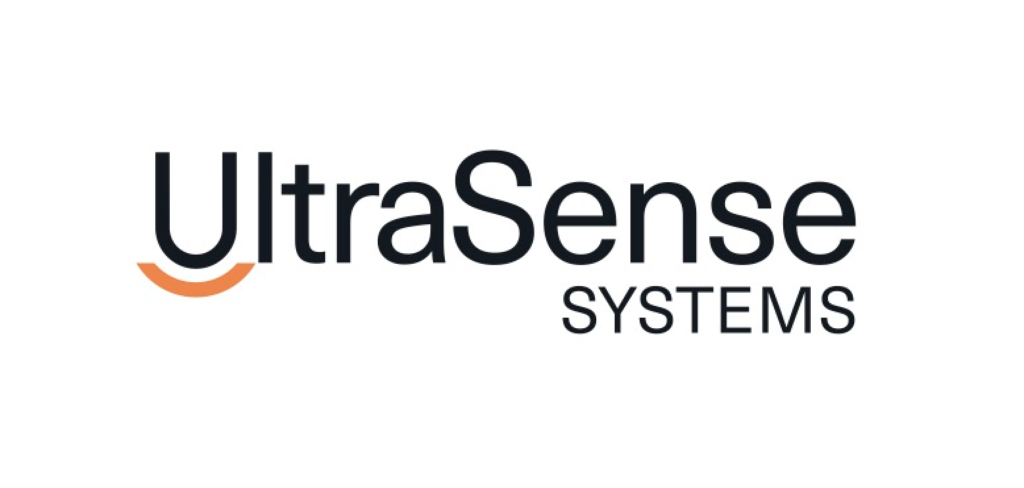UltraSense Systems has unveiled its UltraStudio 2.0 smart-surface HMI design software beta toolkit at the Smart Haptics conference in Seattle, USA. The software will accelerate human-machine interface (HMI) design by placing the control of touch, illumination, audio and haptics in a single place to define and set an integrated user experience.
Tuning the user experience is often a laborious, sometimes subjective and timely process, so UltraSense has designed UltraStudio 2.0 to enable designers to customize user experience settings before saving them as custom profile settings.
With the Human Factors tools, the system facilitates human factors testing and evaluation preferences by storing multiple user profiles to facilitate the acquisition of user opinions, such as rankings and rating experiences. Stored data can then be mined and analyzed.
The software works with UltraSense’s portfolio of TouchPoint HMI controllers and is open and extensible with the ability to interface with third-party sensors and feedback technology. It is also open to interface with alternative user experience tools.
Dr Hao-Yen Tang, the CTO of UltraSense, will give a presentation on the importance and relationship of sensing and feedback to delivering realistic and effective HMI experiences at the Smart Haptics conference on December 7. He will also discuss how UltraStudio 2.0 will help accelerate development cycles and deliver richer end-user experiences.
“UltraStudio is a dramatic move forward to enable OEMs to develop better smart-surface HMI experiences,” said Mo Maghsoudnia, founder and CEO of UltraSense Systems. “As an open tool, it can be used to quickly tune sensing to feedback and more rapidly enable a set of experiences that can enable the human factors testing process to determine ideal preferences. Paired with TouchPoint HMI controllers and InPlane sensing, ultra-thin smart-surface HMI is now a reality.”



